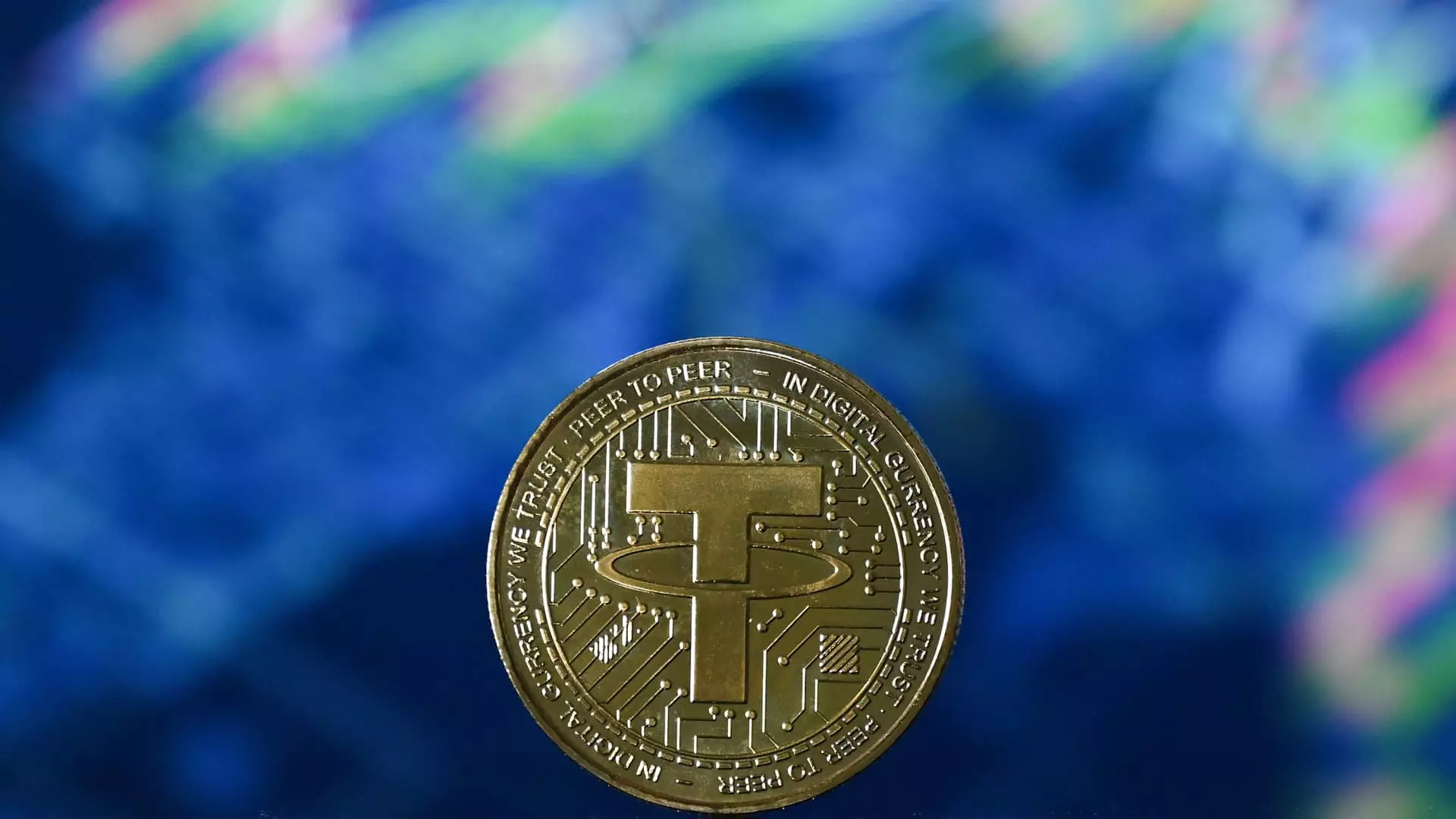The Securities and Exchange Commission (SEC) has recently delineated its position on stablecoins, asserting that certain types, dubbed “covered stablecoins,” do not qualify as securities. This declaration may seem like a victory for the burgeoning cryptocurrency market, particularly in light of stability-fueled optimism that legislative developments are on the horizon. However, the implications of this clarification could be far more complex than they appear at first glance. It raises crucial questions about regulatory frameworks, economic innovation, and consumer rights surrounding digital currency.
The SEC’s nuanced definition effectively indicates that stablecoins tethered to the U.S. dollar (USD), designed for a stable one-to-one exchange, and backed by low-risk reserves, will escape the grasp of securities regulations. This exemption might lend a semblance of legitimacy to a sector that’s still battling skepticism and regulatory gray areas. Yet, the SEC’s insistence that issuers cannot provide interest payments to users is a restrictive measure that fosters stagnation. While the agency claims it seeks to protect consumers, it may inadvertently stifle innovation that could yield more consumer-friendly financial products.
Congressional Inaction: Impeding Progress or Safeguarding Interests?
As the stablecoin discourse develops, so too does the need for legislative clarity. Two competing pieces of proposed legislation—the STABLE Act and the GENIUS Act—are currently winding through Congress, yet their fates remain uncertain. This legislative uncertainty mirrors the overarching impediments to progress within the crypto sector. While some legislators, including President Trump, hope for timely action before the August recess, the truth is that partisan discord often leads to stagnation, hindering advancements that could be beneficial for the country’s financial ecosystem.
What is particularly concerning here is the hesitation toward embracing innovation. Stablecoins are heralded within the crypto community as ideally positioned to solidify the digital currency narrative, particularly for everyday transactions. However, Congress’ delays and indecisiveness may jeopardize the capacity for these innovations to flourish. Instead of fostering an environment where financial institutions can experiment and introduce yield-bearing products, Congress appears ambivalent, leaving proponents like Coinbase CEO Brian Armstrong to voice frustrations that echo across the industry.
Rethinking Consumer Protection: Who Are We Protecting?
The notion that consumers are protected by restricting interest payments on stablecoins is a misstep; it’s a narrative steeped in paternalism. This approach presumes that individuals are incapable of making informed choices regarding their financial assets. While it is critical to safeguard investors from potentially predatory practices, innovation should not be stifled in the name of protectionism. Yield-bearing stablecoins could offer opportunities for financial growth that many consumers are desirous of, thus positioning themselves as significant drivers of economic inclusivity.
Furthermore, innovation in the financial realm is not an abstract idea; it’s critical for addressing broader economic disparities. The SEC must reconsider its position to avoid creating an environment that impedes progress or unjustly benefits incumbents. The financial sector thrives when it is agile, adaptive, and reflective of consumers’ demands—not when it is shackled by antiquated notions of risk aversion.
Implications for Global Competitiveness
The current regulatory landscape places U.S. financial innovation at a distinct disadvantage compared to other global players. Countries like Singapore and Switzerland are rapidly developing frameworks that encourage growth in the cryptocurrency sector, offering appealing environments for startups and established companies alike. Meanwhile, the U.S. risks falling behind due to its opaque regulations and indecision.
As the market for stablecoins burgeons—reported at roughly $13 billion in total market cap—public and private stakeholders must unite to push for legislative frameworks that foster competitiveness while ensuring consumer protection. Embracing this opportunity could bolster the U.S.’s economic standing, creating a more inclusive marketplace while enabling individuals across demographics to access a new frontier of financial products.
In a world where digital currencies could become the linchpins of financial transactions, America must prioritize clarity and innovation over complacency and regulatory inertia. The stakes are not just high; they’re existential.

